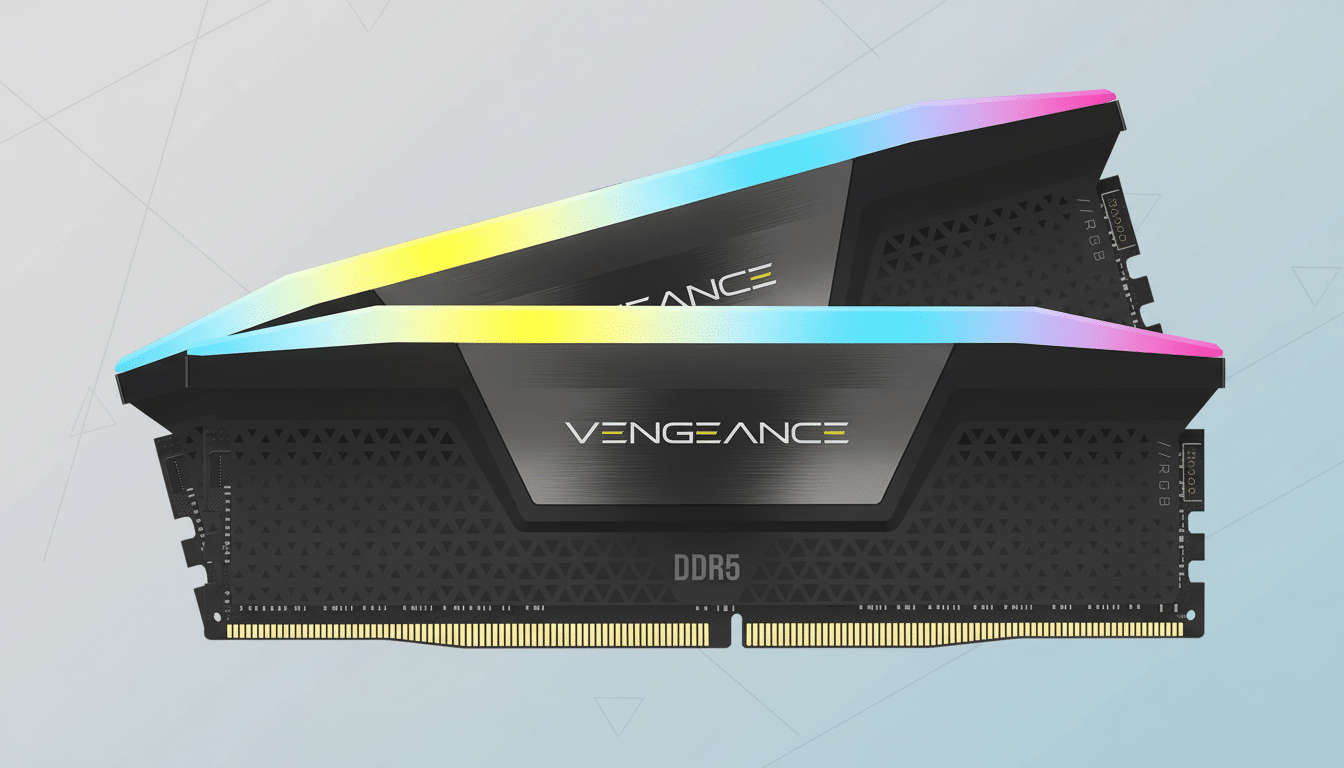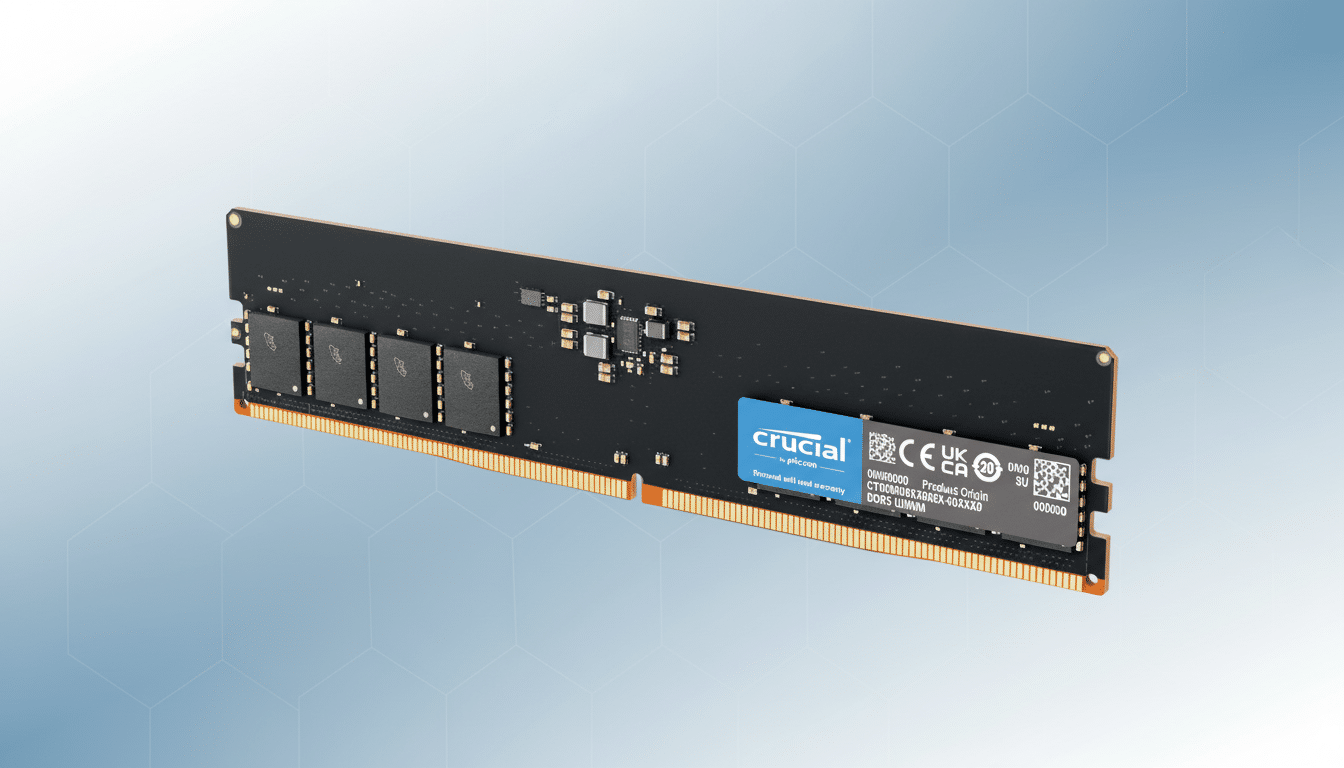Memory is in a full-blown rally, and DRAM leads the charge. That’s why contract prices are soaring as big buyers scramble for supply, and consumer kits will be close behind. DRAM pricing shot up 171.8% year-on-year in Q3, according to Reuters (quoting research firm TrendForce), an increase significant enough to turn bright-side PC build budgets and vendor roadmaps on their heads.
This squeeze is classic: hyperscalers, cloud players, and device makers are placing bigger orders sooner in the production cycle, leading to tight allocation and a flurry of spot-price surges. Retail trackers such as PCPartPicker illustrate what that looks like at checkout; mainstream 32GB DDR5 kits that were just south of $90 in midsummer have skyrocketed to well over $150 and frequently closer to $200, while higher-speed bins are an even tougher find.

Why DRAM prices are spiking across the market today
The short answer is AI. The long answer is AI servers swimming in high-bandwidth memory, shifting supply chains to the more profitable product lines, and stubborn production discipline. With SK Hynix, Samsung, and Micron shifting wafer starts and engineering attention to HBM (which has healthier margins, thanks to voracious demand from accelerator platforms), that leaves fewer bits for commodity DDR4 and DDR5, all while advanced packaging lines face a bottleneck.
At the same time, end markets that were quiet last year are waking up. Smartphones are rebounding, PC makers are refreshing platforms around newer CPUs and GPUs, and automotive and industrial buyers are paying up to secure long-life parts. TrendForce has flagged sequential, double-digit contract price gains in recent quarters as inventories normalized and producers kept supply tight. Suppliers have also telegraphed price resets. Micron has informed partners of across-the-board increases and briefly paused quoting on DDR4, DDR5, LPDDR4, and LPDDR5 to manage allocation. Component distributor Sourceability has said some segments—particularly industrial-grade storage and automotive electronics—could see hikes as high as 70% as scarcity ripples through specialized SKUs. Consumers are feeling it. For builders and upgraders, that means fewer deals and faster-moving inventory. DDR5 is taking the brunt of the jump, but DDR4 is not immune; capacity for older nodes has been trimmed and reallocated, starving the value end of the market. High-frequency kits and low-latency bins are the first to disappear; even mainstream speeds are seeing longer lead times. Retailers and memory packagers—think Corsair, Kingston, G.Skill, and Crucial—typically absorb part of a contract increase before handing it off, which is why prices can jump suddenly. Price levels soar as channel stock purchased at older costs is traded through. That lag is closing, and shoppers are encountering the new reality across DIMMs, SODIMMs, and prebuilt configurations.
What to expect for DRAM prices in the coming quarters
Without a demand shock, the bias remains upward. HBM is still supply constrained, and every next step on the accelerator side apparently eats more DRAM bits and packaging capacity than your average PC cycle. Greenfield fab capacity and next-node transitions take time, while packaging expansion for advanced memory has non-negligible lead times. Pricing strength will continue into the coming quarters, according to TrendForce.
There are wilder takes—Phison’s chief executive recently warned of NAND tightness persisting for a decade to come—but most analysts see that as a worst-case scenario, not the base case. But with AI infrastructure build-out, a healthier handset market, and continued supplier discipline, the path of least resistance for DRAM pricing isn’t down.

How to buy memory now and avoid the next price hike
If you’re in the market to build or upgrade within the next month, and can safely consider a purchase that’s not couriered over your threshold, now might be the time. Focus on capacity over headline speeds; 32GB has become a no-stress baseline for gaming and everyday multitasking, while 64GB buyers are looking at content creation or very heavy multitasking. There are also diminishing returns from chasing ultra-high frequencies as opposed to adding more memory.
Match the kits to your platform’s “easy” zone. The DDR5-6000 EXPO kits we’ve been sampling on the most recent AMD platforms have, for the most part, been relatively plug-and-play, while many of Intel’s offerings vary. Wherever you can, stick to 2-DIMM configurations for better stability and refer to your motherboard’s QVL where possible in order to minimize trial-and-error.
Keep an eye out for bizarre brand/colorway oddballs that dip well under market for short windows, and be sure to confirm lifetime warranty.
If you want a laptop, check whether memory is soldered; sometimes it’s cheaper to buy a configuration that includes the capacity you desire upfront than it is to pay today’s high premiums for upgrades down the road. And if you’re tempted by used kits, test—really test—as RMA support might not transfer.
So the simple takeaway is: the DRAM upswing isn’t finished. Supply is tight, costs are climbing upstream, and retail prices are trying to catch up. Waiting could leave you to pay more for the same kit later, so if memory’s on your list, the move I’d make is to grab it now.

